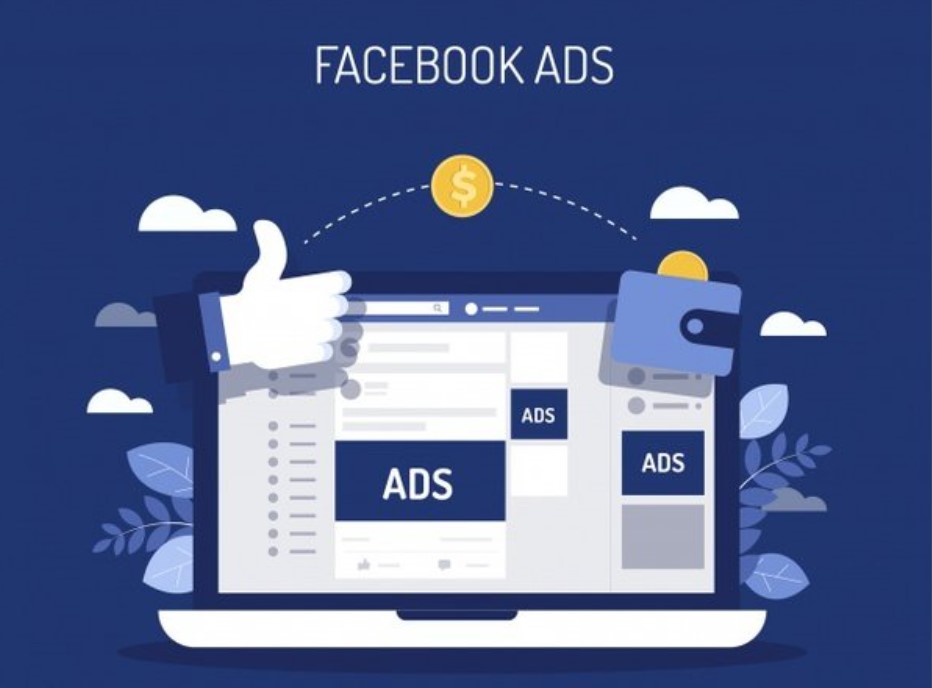
Facebook has become one of the most popular advertising platforms for businesses to reach their target audience. It is an incredibly powerful tool that allows businesses to create highly targeted ad campaigns that can reach billions of users around the world. However, with so much data available, it can be challenging to understand how your ads are performing. In this article, we will provide a comprehensive guide to help you understand and analyze your accurate Facebook ads metrics.
1. Why are Facebook Ads Metrics Important?
Facebook ads metrics provide you with valuable insights into how your ad campaigns are performing. Understanding your metrics can help you create more effective ad campaigns, optimize your ad spend, and improve your ROI. With Facebook ads metrics, you can track the performance of your ads in real-time and make data-driven decisions to improve your advertising strategy.
2. Understanding Facebook Ads Metrics
Facebook provides a wide range of metrics to help you measure the performance of your ad campaigns. These metrics can be divided into three categories: awareness, consideration, and conversion.
- Awareness metrics focus on the reach and visibility of your ads. These metrics include impressions, reach, and frequency. Impressions refer to the number of times your ads were displayed, while reach refers to the number of unique users who saw your ads. Frequency measures how many times your ads were shown to those unique users.
- Consideration metrics measure engagement and interest. These metrics include clicks, click-through rate (CTR), and engagement rate. CTR measures the percentage of users who clicked on your ad after seeing it, while engagement rate measures the percentage of users who engaged with your ad (liked, commented, shared, or clicked) after seeing it.
- Conversion metrics track actions taken by users after seeing your ad. These metrics include website clicks, add-to-cart, purchases, and more. By tracking these metrics, you can measure the effectiveness of your ad campaigns in driving specific actions and optimize your ad targeting and messaging to improve your conversion rates.
3. Reach and Frequency
Reach and frequency are two essential metrics that measure the number of users who have seen your ad and how often they have seen it. Reach refers to the number of unique users who have seen your ad, while frequency measures how many times your ad has been shown to those users. These metrics are crucial for understanding the effectiveness of your ad targeting and frequency capping.
4. Engagement Metrics
Engagement metrics measure how users are interacting with your ad. These metrics include likes, comments, shares, and clicks. By analyzing these metrics, you can determine which ads are resonating with your audience and adjust your targeting and messaging accordingly. Engagement metrics can also help you identify potential brand advocates and influencers who are engaging with your ads.
5. Conversion Metrics
Conversion metrics are metrics that measure the actions users take after seeing your ad. These metrics include website clicks, add-to-cart, purchases, and more. By tracking these metrics, you can measure the effectiveness of your ad campaigns in driving specific actions and optimize your ad targeting and messaging to improve your conversion rates. Conversion metrics are essential for measuring the ROI of your ad campaigns and determining the cost-effectiveness of your ad spend.
6. Ad Performance Metrics
Ad performance metrics help you understand how your ads are performing in terms of cost and efficiency. These metrics include cost per click (CPC), cost per impression (CPM), and return on ad spend (ROAS). CPC measures the cost of each click on your ad, while CPM measures the cost of each 1,000 impressions of your ad. ROAS measures the revenue generated by your ad campaign compared to the cost of your ad spend. By analyzing these metrics, you can optimize your ad targeting, bidding strategy, and ad creative to improve your ad performance and ROI.
7. Custom Metrics
Facebook also allows you to create custom metrics that are specific to your business goals and objectives. Custom metrics can be created using a combination of existing metrics, such as engagement and conversion metrics. By creating custom metrics, you can track the performance of your ad campaigns based on your unique business goals and KPIs. Custom metrics can help you identify trends and patterns in your ad performance that are specific to your business and industry.


